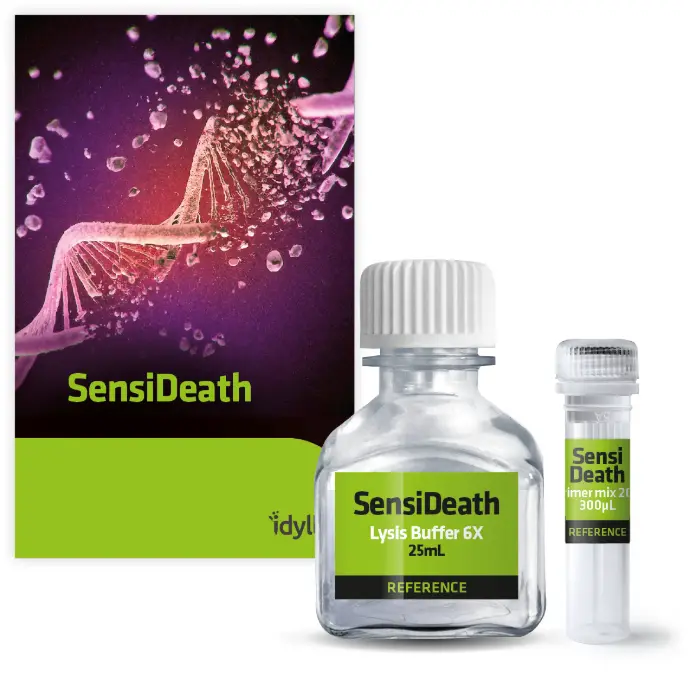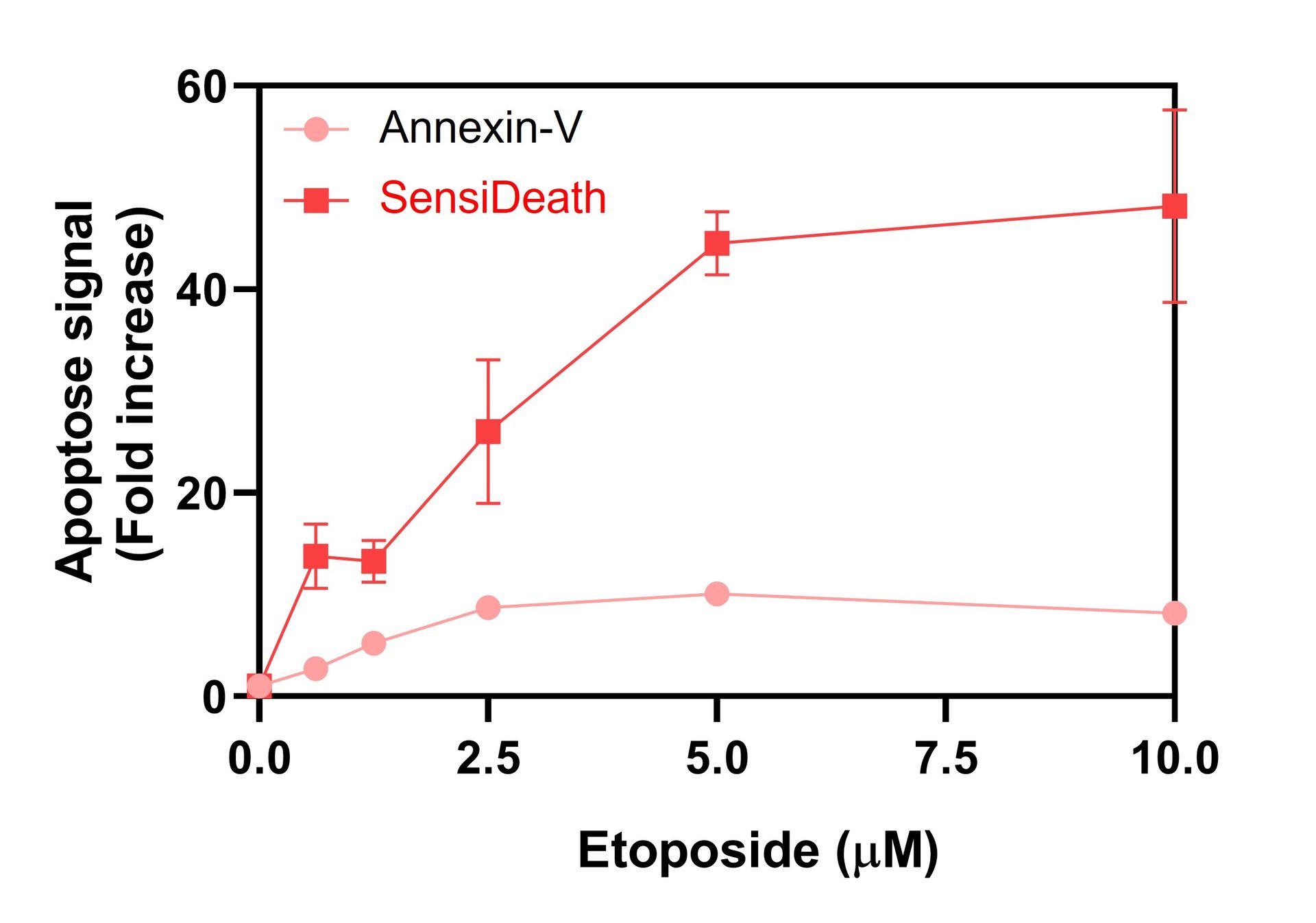
Who is Eric Lacazette ?
Dr. Éric Lacazette is a full Professor of Molecular Molecular Biology at Toulouse III University and a researcher at the French Institute of Health and Medical Research (INSERM). He earned his PhD in Molecular Biology from the University of Clermont-Ferrand in 1999 and completed a postdoctoral fellowship at the Biozentrum, University of Basel. Since 2016, he has been a member of the team led by Barbara Garmy-Susini and Anne-Catherine Prats at INSERM's Institute of Metabolic and Cardiovascular Diseases (I2MC).
Throughout his career, Dr. Lacazette has made significant contributions to molecular biology and angiogenesis, authoring numerous publications and holding several patents. His collaborative work with experts in fields ranging from leukemia and lymphedema development to the structure-function relationships of estrogen receptors has been instrumental in advancing molecular biology tools that empower researchers in diverse domains.
Making early and ultra-senstive cell death detection possible
Eric Lacazette teamed up with Christian Touriol and Henrik Laurell, two researchers working at the cancerology research center (CRCT) and Metabolic and cardiovascular disease institute (I2MC) in Toulouse, all 3 were confronted to the same issue: among the myriad of cytotoxicity assays available, they lacked something simple that could detect apoptosis in a sensitive manner. The most sensitive ones were often technically challenging, requiring a lot of time and access to sophisticated equipment, while the simplest ones often meant making compromises on the precision.
But there is a method that has long been known to combine both aspects: quantitative PCR. Not only is this technique already widely implemented in most labs, but its ultra-high sensitivity makes it a perfect candidate to detect the release of genomic DNA (gDNA) into the cytosol.
They decided to push forward with this challenging project: can we come up with an cell death detection assay based solely on a qPCR?

SensiDeath development
After months of development, a new method was born. They perfected the lysis solution, allowing to recover cell cytosolic fractions, and selected the perfect primer pair allowing to get reliable and consistent measurements of death levels. Thanks to this work, they had a scalable assay performed in less than 2h while keeping an exceptionally large dynamic range and sensitivity (they even detected apoptosis in a single cell!). But especially, their cost-effective method allowed the earliest death detection of all available methods. It was patented in 2020.

Collaboration with Idylle
Initially developed for apoptosis detection in acute myeloid leukemia cells, Idylle quickly realized the huge potential and applicability of this cytotoxicity detection method and collaborated to turn it into a ready-to-use kit called SensiDeath. Since its launch, the creative concept of SensiDeath has seduced researchers exploring the earliest pathways involved in the cell death process, screening anti-cancer compounds in high-throughput formats, or those looking at the cytotoxicity of environmental pollutants to make sure they don’t miss any subtle toxic effects.
Extended dynamic range of SensiDeath compared to existing methods

